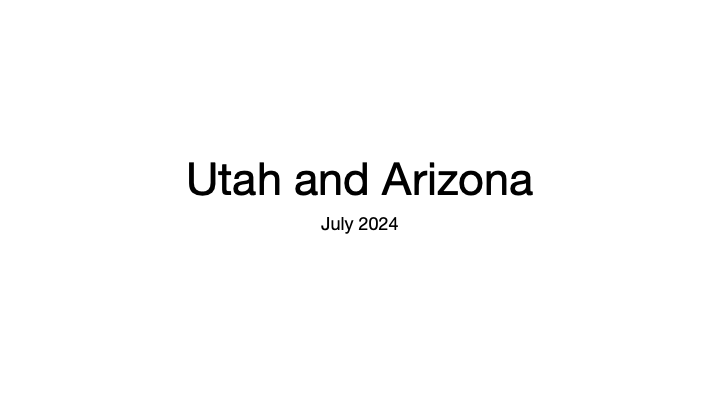After a lot of reading reviews, I decided to get a full-frame camera to replace my aging Canon EOS Rebel camera.
Camera
Buying a camera was a learning experience in itself. There are several options to choose from between Canon, Sony, Fujifilm, and others. Cameras generally come in 2 form factors - cropped sensor and full-frame sensor. A cropped sensor is a smaller sensor (though it may have as many megapixels as FF), so less light gets to the sensor. They use lenses that also direct light to a smaller area. While Full Frame gives a more open image, a cropped sensor camera has an advantage with price and reach for zoom photos. Cameras also come with IBIS (in-body image stabilization), AI-powered Auto Focus, HDR features, and 4k video recording. Lots of options!
I went with Canon since I was already used to the EOS Rebel, and given they recently announced support for third-party lenses, which was the main complaint most reviews had.
For my primary purposes - landscape and low light photography - a full frame sensor gives better results because it takes in more light. So I decided to go with full frame. I got a good deal on a Canon EOS R6 Mark ii, with a kit lens and 100-400 zoom lens also on sale. It was in stock, too, at the local Best Buy. It’s probably overkill for my fledgling skills, but it sure is a cool gadget!
Lenses
Buying lenses is another area where there’s a lot to learn.
Reddit and other sources recommend a budget split of 70/30 between camera body and lenses, such that your high quality lenses outlast the camera body. Lenses can be expensive, so I went with a full frame camera and RF lens system as an "upgrade" from my previous APS-C camera, but didn't splurge on the better "L" lenses.
Picking the right lens combination was still a significant effort, however. Camera lenses differentiate between glass quality, AutoFocus (AF) technology, focal length variance, and more.
USM and STM AutoFocus
STM lenses use a stepper motor to adjust focus. They are quieter and smoother, but can be slower than USM.
USM lenses are typically available on higher end lenses or zoom lenses. They focus much faster, but can be louder - an important consideration for taking wildlife photos!
L lenses
Noted for the “L” in their product name, these are higher quality lenses that pros use. Usually cost several thousand dollars each.
Fixed maximum aperture
The maximum aperture (like “F/4”) determines how much light you can get with the lens (smaller number, i.e. larger ratio, is more light).
Many zoom lenses reduce the maximum aperture when you zoom in, however the nicer lenses will keep to a constant max. aperture regardless of zoom level. This means you can zoom in with the camera behaving a consistent manner - without needing to change your other settings. The lenses that have a fixed aperture will not have an aperture range in their product name.
Fixed focal length lenses
Also called Prime lenses, these are really interesting lenses. They don’t have zoom, but are more compact and usually higher quality. Typically used by people who already know what focal lengths they like to shoot at, or by people trying to constrain themselves to practice their composition skills. One suggestion was to look in Lightroom for the focal lengths you most commonly use with the zoom lens, then get a fixed focus lens for that focal length. It looked like 85mm and 130mm were popular options.
Lenses I purchased
The kit lens (for an additional $300) was a RF 24-105mm F4-7.1 IS STM. There was an option to go to a RF 24-105mm L F4 IS USM for an additional $800, but I decided to hold off on it until I knew which lens I wanted to go with more long term.
With that, I also needed a zoom lens that was affordable for this combined purchase. The best low-priced option was the RF 100-400mm F5.6-8 IS USM lens, giving significant zoom ability albeit with a much higher maximum aperture. F/8 is a very flat depth of field, something I’ll need to live with for the time being.



